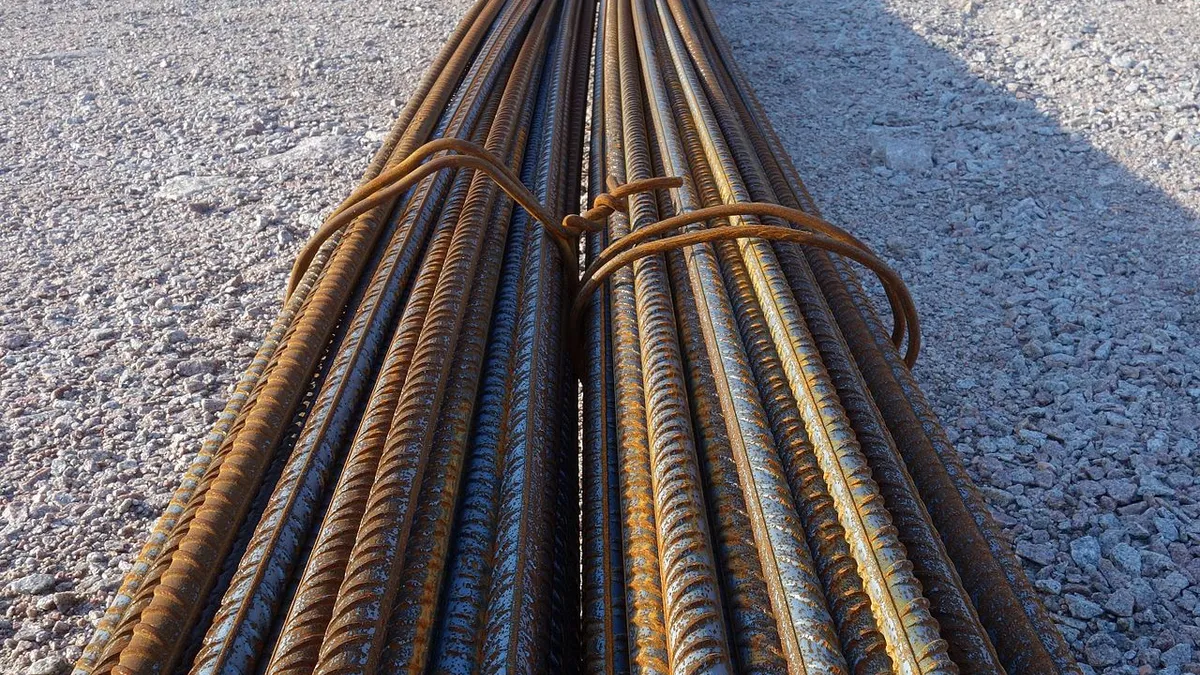Dive Brief:
- Work has started on Rainier Square Tower in Seattle, which will feature the first rebar-free concrete core, according to Engineering News-Record.
- The residential-office skyscraper will use a coupled steel-plate composite shear wall in which the cross-tied plates are filled with concrete to increase seismic resistance, due to lack of "rebar congestion," according to the ENR report. A rebar-free core is also faster, easier and safer to build.
- Engineers will build a mock core to verify the details of construction first. If the concept proves out for the Seattle building, then developers expect to top out construction in mid-2019.
Dive Insight:
Seismic resiliency is of particular concern on the earthquake-prone west coast of the US. Building owners, occupants and city officials want to know that the structures in their cities can survive major earthquakes with as little damage as possible. This also applies to infrastructure.
The floating-bridge portion of the East Link Extension, a Seattle light-rail line that will cross 7 miles over Lake Washington, had to be redesigned to ensure seismic performance as well as other important functions, a move that resulted in a 46% price increase to $712 million.
San Francisco officials have also been scrambling to make sure the Millennium Tower, which has been shifting and settling more than expected, can hold up to a major earthquake. The city hired engineers to study the issue, and they determined that the luxury residential skyscraper could survive an 8.0 magnitude earthquake without structural damage.
Ironically, San Francisco doesn't mandate that most of its buildings be retrofitted to guard against earthquake damage. The city did, however, recently enact laws directing the owners of nearly 2,000 wood-framed apartment buildings of five to 15 units to bring them in line with current seismic safety requirements. Los Angeles has a jump on San Francisco in regard to the earthquake-proofing of buildings. The city has categorized about 13,500 apartment buildings and 1,500 concrete buildings as retrofit candidates, and, under a law passed in 2015, owners of unstable wood apartment buildings have seven years to comply with the new measure. Concrete building owners have 25 years to complete the necessary retrofits.












